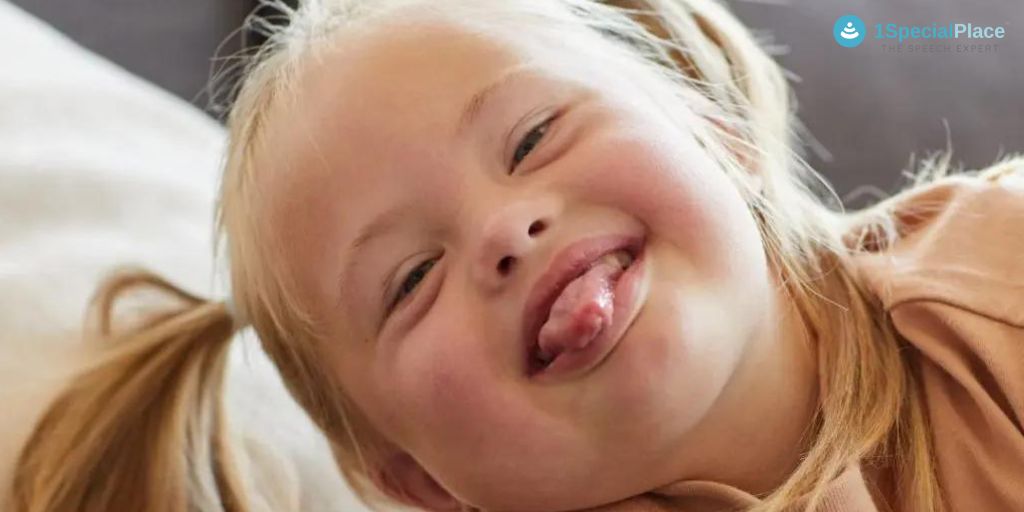
Autism Series VI: What to Look for When Choosing Early Intervention
Autism Series VI: What to Look for When Choosing Early Intervention

Scientists and research tell us that Early Intervention (EI) provides the best long-term benefits for children with Autism Spectrum Disorders (ASD).
There are a variety of approaches and methods of intervention available for parents of kids with ASD to choose from. Intervention, in this article, refers to therapies such as speech-language, occupational or physiotherapy etc. and not medical and/or biomedical interventions.
The early intervention therapies should:
-
Specialize with children with ASD / Autism.
This might be an obvious point but is an important one. The program or therapy that is focused and developed for kids with autism will be best suited to address the core characteristics of the diagnosis. Generic programs (for developmental delays) may not always benefit the child.
-
Have expertise on early intervention:
Therapists or centres that focus on early intervention per se, would truly understand the need for inputs that are geared towards delivering quick results across a variety of skills (the core characteristics of autism/ ASD). Knowing that therapy would benefit a child with Autism/ ASD most during the toddler and early childhood; also gives the therapists or centres an understanding that they must help as much as possible during this period.
-
Be evidence-based:
Evidence-based therapies and approaches/methods would have (scientific) proof and backing – of being safe and effective (for some or many). This can give some confidence to the family or caregivers when enrolling their child into the same.
-
Have a focussed starting point:
All therapies must conduct a detailed skill assessment of the child prior to beginning intervention. This provides a starting point or base for the therapist to work with the child. This initial assessment gives details of the child’s skill set and the intensity of intervention required. This also will provide an understanding of the type of therapies a child may require.
-
Mark progress:
By conducting timely reassessments of the child’s skills once therapy is started, progress can be charted. It can also give therapist/s insight to the need for any modification in the treatment goals (if any) and will allow families to understand change in their child as per the assessment tool.
-
Be individualized:
Individual therapy easily allows individualized goals and treatment plans for a child. Since each child with ASD / Autism differs so much from the next, this is very relevant. In group-based programs, a child’s individual needs must also be understood and addressed as far as possible. Several programs supplement group therapies with individual therapies to address specific skills such as behavior modification etc.
-
Have clearly defined goals:
Centres and therapists working with ASD know that the diagnosis comes with several core features and characteristics across several skill areas. Therefore, they need to address some core features initially to assist a child to learn well.
-
Allow integration of a variety of therapies and therapists.
This allows a child to receive therapies from various areas (such as motor or speech) while there is a possibility of having the therapists interact. Several therapists may work individually but communicate about the goals and progress the child makes in the other Online therapy sessions.
A growing trend of two therapists working along-side each other in the same therapy session and room to build skills in two or three different domains (such as motor and speech) is also being seen. Such communication and interaction amongst the professionals can benefit the child hugely.
-
Lay importance to basic skills.
Therapists, centres and programs must be able to address a variety of skills, not only the advanced ones but the basic skills also. They would lay a foundation for the core features of ASD. For instance, a child would need to have some amount of attention and listening skill before s/he can be taught understanding (receptive language skill). These skills should not be undermined.
-
Be up-to-date:
An understanding about Autism Spectrum Disorder is constantly growing and being researched upon. Therapists and centres working with children with ASD should ideally be up-to-date with the current research outcomes about the disorder and interventions.
-
Allow for parent involvement
This can vary from one therapist/centre to another. Personally, I feel that parents and caregivers must be aware of the goals and activities that are on-going with their child. This will allow them to replicate activities or the goals at home, to enable their child learns and then strengthens the skill as quickly as possible.
All therapy centres /programs may not meet all the above aspects. However, consideration must be given to as many as possible. Each child with ASD is unique and his / her pattern of improvement through therapy may vary.
***
This article is a part of the Autism Series. Read on to learn more about intervention and other topics related to ASD and Autism.
Subscribe to receive the latest article in your mail!
***
For more ideas check out our other blogs on Autism Series
- What is speech therapy and what Speech Therapist Do? - December 22, 2022
- 5 Simple Ideas to Make Flashcards Fun - June 28, 2018
- Should I use ‘NO’ with my child? - June 24, 2018

Leave a Comment
(0 Comments)